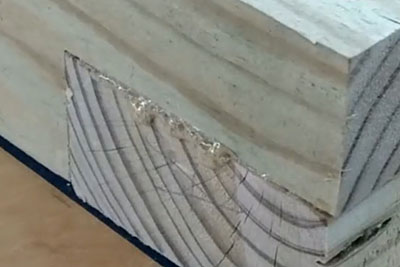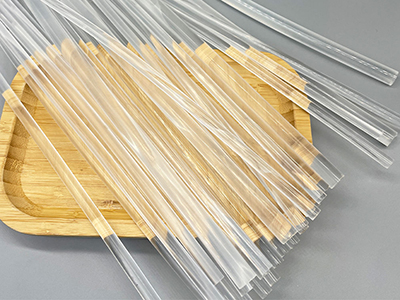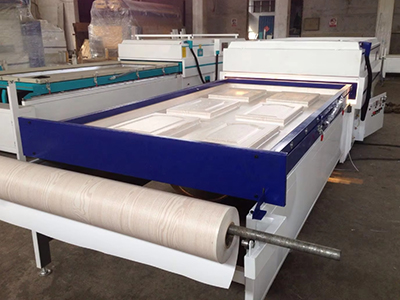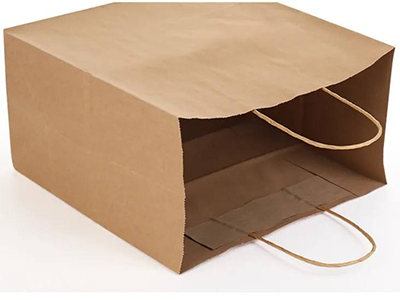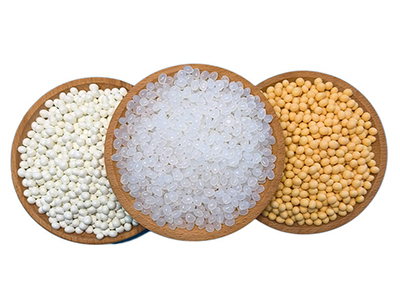Wood splicing, furniture, wooden doors, wooden utensils production, assembly, bonding, etc. need to use wood glue. At present, there are a lot of fake and inferior wood glue on the market. The inferior wood glue is cheap and often misused by some manufacturers. Once the inferior wood glue is used, it often causes heavy losses or the price of the glue is low and the overall cost is high. The direct way to judge the pros and cons of wood glue is to test and compare.
1: Look at the appearance
A good glue has a uniform appearance during the shelf life, and the colloid is fine and free of particles and roughness. Inferior glues often appear water-like layering on the surface or a lot of mud-like sediments at the bottom, and the colloid has an obvious rough feeling. It is normal for the glue to occasionally appear a small amount of water or a small amount of precipitation
2: Look at the volume
Wood glue is mainly composed of high molecular polymer, polyvinyl alcohol (PVA), filler, auxiliary, water and so on. Inexpensive wood glue will use a small amount of high molecular polymer, and use a large amount of filler to reduce the cost. Because the density of the filler is much greater than the density of the polymer, the volume of the glue of the same weight will be much smaller. For example, a standard ton packaging tank, which is also 1200 kg, will not be filled with cheap glue, and the upper part of the tank will be very empty. Glue painting is the volume dosage, the larger the glue volume, the larger the painting area will be. The more fillers, the greater the resistance of the glue after the reaction between the glue and the cross-linking agent, and the worse the leveling. The wood grain can only be covered by rolling several times, and the amount of glue will be significantly increased. Cheap and expensive.”
3: Look at the viscosity
In order to increase their own wood glue sales, or to solve the problem of high filler precipitation, bad merchants add thickeners to wood glue, and lie to customers that the higher the viscosity, the better the filling effect and the better the quality. In fact, water-based wood glue basically has no filling effect. The jigsaw and assembly surfaces must be tightly stitched to make a good product. If the gap exceeds ±0.1mm, no matter how good the glue is, it will fail to bond. The thicker the glue, the more it is used. Some glues will thicken quickly after reacting with the crosslinking agent, and the glue will be used more and more waste.
4: Look at the thickness of the glue
The better the woodworking glue, the less resistance to gluing and the smooth gluing. Basically, it can be rolled in place at one time, and the gluing surface is smooth and moist. Inferior woodworking glue has a large resistance to gluing and needs to be rolled repeatedly. The glue is superimposed very thick, not smooth and dry. Good assembly or tooth bonding glue is easy to apply deep into the tenon or tooth position. Machine glue can adjust the gear gap to a relatively small size, and there will be no leakage of coating. On the contrary, it is necessary to increase the gear gap to ensure that the glue is fully covered.
Winlong is a hot melt adhesive manufacturer, if you want to know more, please contact the adhesive experts at internetwoodglue.com. Our team of adhesive experts has served customers in dozens of industries. We look forward to the opportunity to be your trusted solution for all your adhesive needs


